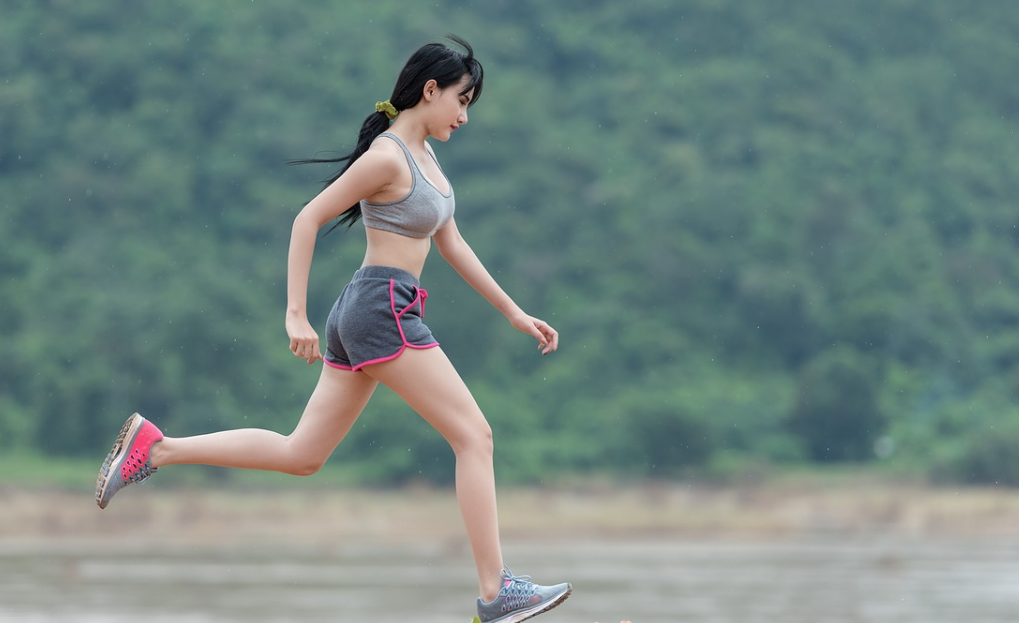Table of Contents
So you’ve decided that its time to get out into the great outdoors and experience hiking. Many people all over the world like to spend their weekends going on walks through the wilderness. Whether that is an easy hike on flat ground, or high altitude elevation style hikes. In any case, you’ll want to be in good enough shape to enjoy the hike, rather than just enduring it.
The better shape you’re in for a hike, the more you will enjoy it. Many hikes have ascents that last long enough to really get your heart rate going. In order to enjoy these stretches, or to get through them easier, you’ll want to be prepared beforehand. Now, there are a lot of ways you can prepare for a hike, and we’re going to talk about some of the best exercises to prepare you for hiking.
Related; Hiking Boots Review.
What Exercises Will Prepare Me for Hiking?
Walking
The best way to prepare for a hike is simply to walk. If you can find a local trail that will get you onto slightly uneven ground, even better. Walking is the healthiest cardiovascular exercise you can do and will prepare your body for the basics of a hike. Walking doesn’t prepare your muscles in a strength conditioning manner, so if you’re doing hikes with more elevation gain, other exercises will help out. which we will talk about later.
To really get the most out of your walking training, if you’ve been fairly sedentary lately, is to start slow, and work up to longer walks. If your hike is 10km, start off by walking three to five kms a few times a week, and as you feel better, increase to 7 or 8. By the time you go on your hike, you should be ready to increase your next walk to the distance that your hike is going to be.
If you’ll be carrying a bag on your back during your hike, it can’t hurt to do your walks with the bag so that your shoulders, back, and balancing muscles get used to the weight. Having a backpack really adds a different dimension to your walk.
If you want to increase the intensity, you can always jog instead of walking. This won’t make you able to walk any longer, but it will prepare your body for varying conditions and your ability may increase overall physically.
Leg Exercises
There are a few different leg exercises that will help you build muscle strength that you will benefit from on a hike. Especially if your hike has drastic elevation gain. Walking up natural hills is a great way to prepare for ascending hikes as that is generally the type of terrain you will be walking on in the woods. Even a slight slope forces your body to work in a different way and gets your heart rate up and conditions you to be able to do more.
If slopes aren’t around, but stairs are, you can substitute for stair climbing. A lot of hikes have stairways built out of rocks, or even man-made stairs that you will need to take. Getting your legs used to this type of incline will only benefit you when you’re on a consistent upslope. Getting your knees used to the sensation of supporting you on a downslope can be really beneficial. Going down is often just as hard as going up due to the strain it puts on peoples knees. Giving your body some forewarning can be beneficial.
Two of the best at home exercises you can do to improve your leg strength are squats and lunges. Doing a mixture of the two a few times a week will give you improved strength and stability. Simply doing three or four sets of each three times a week to the point of muscle fatigue will be enough to whip you into a basic level of fitness. It will be up to your judgment on how many squats or lunges is appropriate for you.
Squats are performed with your feet about shoulder width apart. While keeping your back straight and without your knees coming too far past your toes (ideally in-line) squat down to 90 degrees, or to the point where your flexibility will allow you.
Lunges are similar, except that you stand still and step forward or backward, leaving your front leg bent at a 90-degree angle. Again, with the toes not coming past the toes. Step back and forth on each leg to work out both legs evenly.
Core Exercises
The core is what is going to help you balance that big heavy bag on your back. There are countless core exercises that will work your abdomen, back, chest, and shoulders.
One of the best core exercises you can do for stability is planks. Planks have you pose in a horizontal position as if you were about to do a push-up, except you just hold the position for as long as you are able to. Make sure your spine is straight and you elongate your back. Start off by doing three sets of 15-30 seconds and increase as you gain the strength to do so. This will help you to be able to hold the bag and keep upright as you are walking. The bag has a tendency to push or pull you in certain directions, and having that counter strength can really help you.
Other exercises that can help are sit-ups or crunches, and leg raises. Both will work your abdomen and help you build strength and balance. Starting with three or four sets of 20 reps of crunches, and 10 reps of leg raises will give you a solid foundation to work from.
Shoulders, Back, and Chest
These muscle groups are not as important when it comes to hiking. The only reason they are being included is that it is always beneficial to work out the entire body. If you are giving your upper body strength, it will help you carry the bag a little bit easier. you’ll be able to pull yourself up really steep inclines easier and you may be able to catch yourself if you fall with less chance of injury. Doing a few sets of pushups and pull-ups will get you started. There are countless variations you can perform if you want to help yourself find a way to a more well-rounded healthy and fit body.
Stretching
Stretches could be one of the most important types of exercises for hiking. Tight muscles have a higher chance of injury and stress. When you stretch out your muscles, you elongate them and allow them to have more range of motion and stability. When you are on uneven ground, it can help you have looser hamstrings, quads, and calves. With the unpredictable terrain you will be walking on, it is always good to have lose enough muscles that will be able to handle the ups and downs.
The best exercises to do are the hamstring stretch, the quad stretch, calf stretch, and the lateral quad stretch.
The hamstrings can be stretched out by standing with your feet slightly apart and bending over to try to touch your toes with your back as straight as possible. Unless you are very flexible, having a straight back will be super difficult, so just do what you can.
To stretch the exterior of your quads, perform a similar stretch to the hamstring exercise, except you do so by crossing one of your legs behind the other to elongate the exterior of your leg. Do two separate stretches for each leg. You should feel a good stretch along the entire outside of your legs.
For the quad stretch, stand with your feet together, and while balancing, or using a wall if needed, grab one of your feet with your palm. Stand up straight and hold your foot steadily against your buttocks for 10-15 seconds. You can always go longer if you like. The longer you hold a stretch, the warmer the muscle gets and the looser it will get. Repeat on both sides.
To perform a calf stretch, you can find a wall where you are able to place your toe about 6 inches up from the floor. From that point keep your toes up on the wall and push your heel down towards the floor. Straighten up your torso in order to elongate the calf muscle and stretch it out well. Repeat on both sides, holding for at least 10-15 seconds.
Stretching should be performed every day in order to get the best results. It is recommended that people have a daily stretching routine. Stretching reduces stress, helping improve circulation, and loosens tight muscles. Stretching has been used as an injury prevention method for thousands of years.
Conclusion
If you have any serious medical inquiries, please visit your doctor. This is meant to be a basic guide for people who are just wondering what types of exercises will be most beneficial for hiking. All of the exercises listed are extremely common and you can find detailed advice on how to perform the exercises easily. Always consult your physician to make sure you’re fit for exercise and hiking if you have any concerns.
Otherwise, these exercises will get you started and help you build the base strength you need in order to truly enjoy your hike.
If you liked the article, please leave your feedback.






